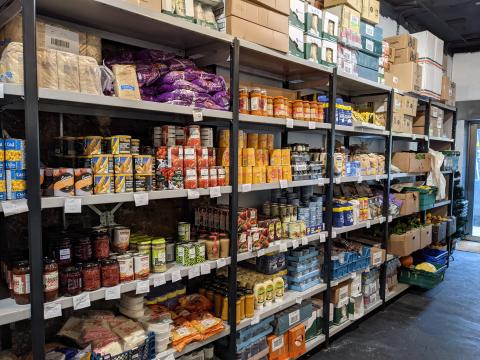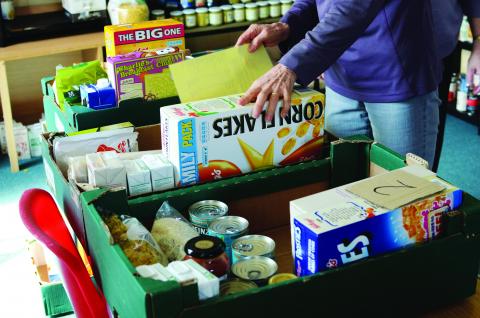Why tackling dietary inequalities across socioeconomic groups is essential for improving health disparities
by Shona Goudie
The Government’s Levelling Up White Paper published in February 2022 announced it would soon publish a White Paper on Health Disparities. It will set out a bold ambition for reducing the gap in health outcomes, with a strong focus on prevention, and addressing disparities associated with ethnicity, socioeconomic status and geography.
In this series of data stories, we look at how tackling dietary inequalities should be central to reducing health disparities and levelling up. This data story looks at disparities by socioeconomic group. (See here for our data story on diet and regional inequalities. Our data story on diet and ethnic inequalities is coming soon.)
People on low incomes are more likely to experience household food insecurity...
...and are less likely to be a healthy weight...
...and more likely to have diet-related disease...
...and on average have a shorter healthy life expectancy.
This is because people on low incomes have less disposable income to spend on food...
...and healthier foods are more expensive per calorie than less healthy foods.
Food prices are rapidly increasing...
Price rises are likely to hit the poorest the hardest and exacerbate existing dietary inequalities.
For example, many people working in the food system are on low wages.
Instead of making food cheaper impacting on people working in the food system...







